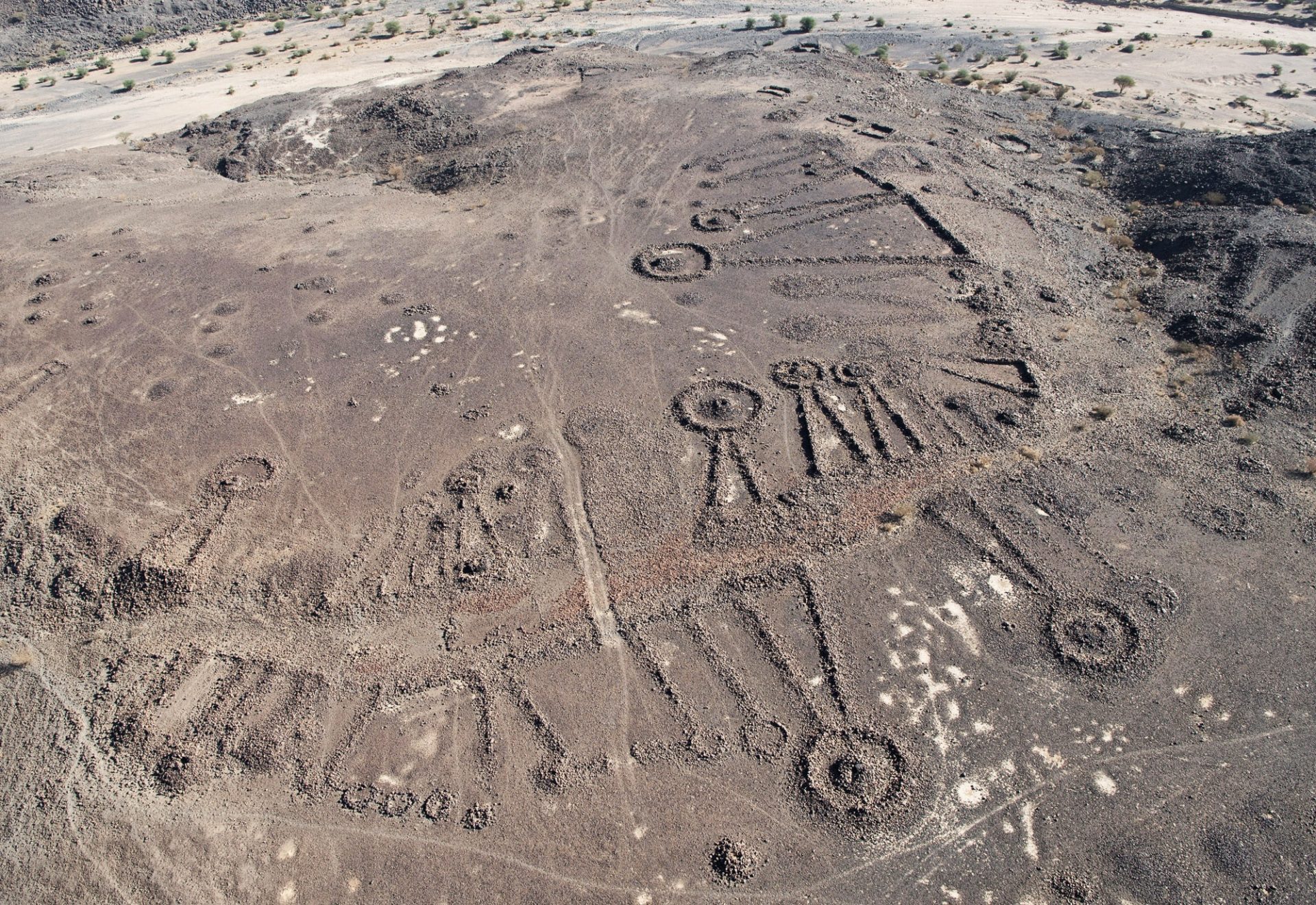Researchers from the University of Western Australia (UWA) have identified a complex network of funerary avenues in north-west Arabia.
The UWA study is part of a wider effort that includes 13 archaeological and conservation project teams from around the world, working under the Royal Commission for AlUla (RCU).
Using a combination of satellite imagery, aerial photography, ground surveys and excavations to survey an area of 160,000 square kms, the researchers recorded more than 17,800 ‘pendant’ tombs in their primary study areas of AlUla and Khaybar counties, of which around 11,000 of the tombs formed part of funerary avenues from 4,500-years ago.
The densest concentrations are found on basalt plains or mountain passes, in which the avenues are located near permanent water sources and aligned between oases, including those of Khaybar, AlUla and Tayma.
In a study published in the journal The Holocene, the researchers suggest that the funerary avenues represent a high degree of social and economic connection between the region’s populations in the 3rd millennium BC across a huge swathe of the Arabian Peninsula, used for travel between the oases and for the movement of herds into nearby pastures during periods of rain.
Dr. Hugh Thomas, project director, said: “The research by the UWA team and our colleagues working across AlUla and Khaybar shows how important the archaeology of this region is for our understanding of the Neolithic and Bronze Age across the Middle East. Our findings demonstrate that these structures linked various populated oases, situated across a vast area, and that the funerary avenues were established around 4,500 years ago. They are especially dense around Khaybar, which is one of the densest visible funerary landscapes anywhere in the world.”
Royal Commission for AlUla (RCU)
Header Image Credit : Royal Commission for AlUla (RCU)







